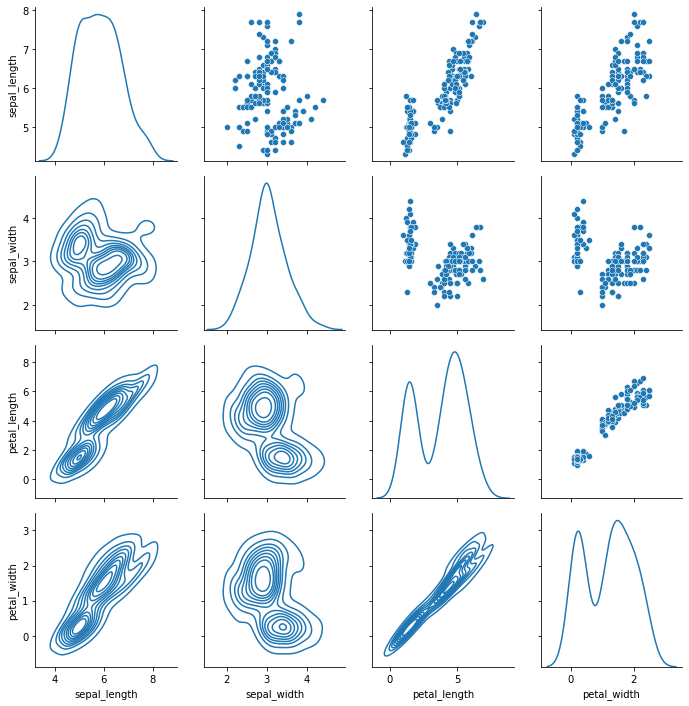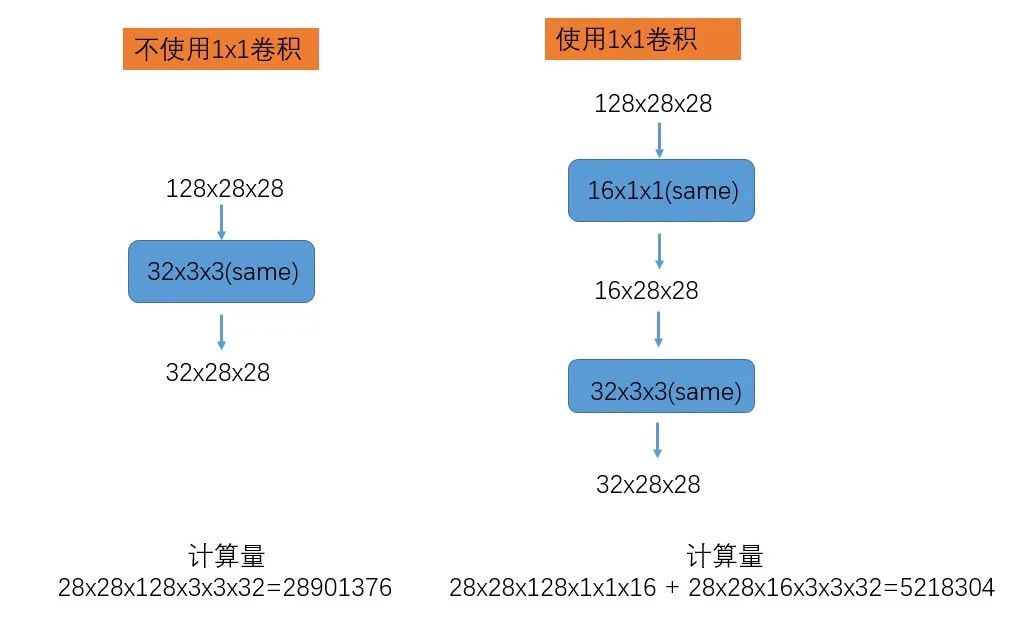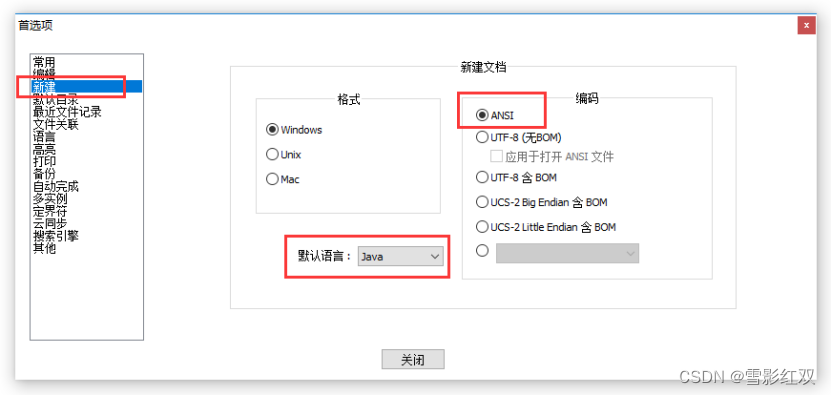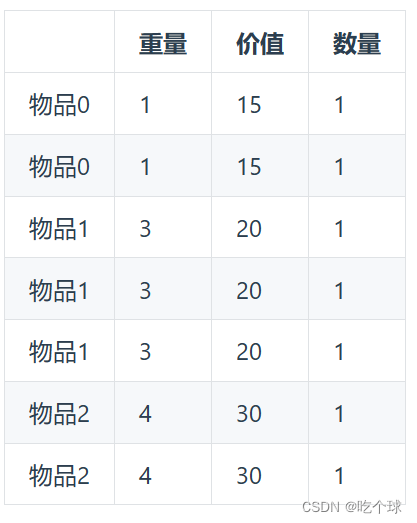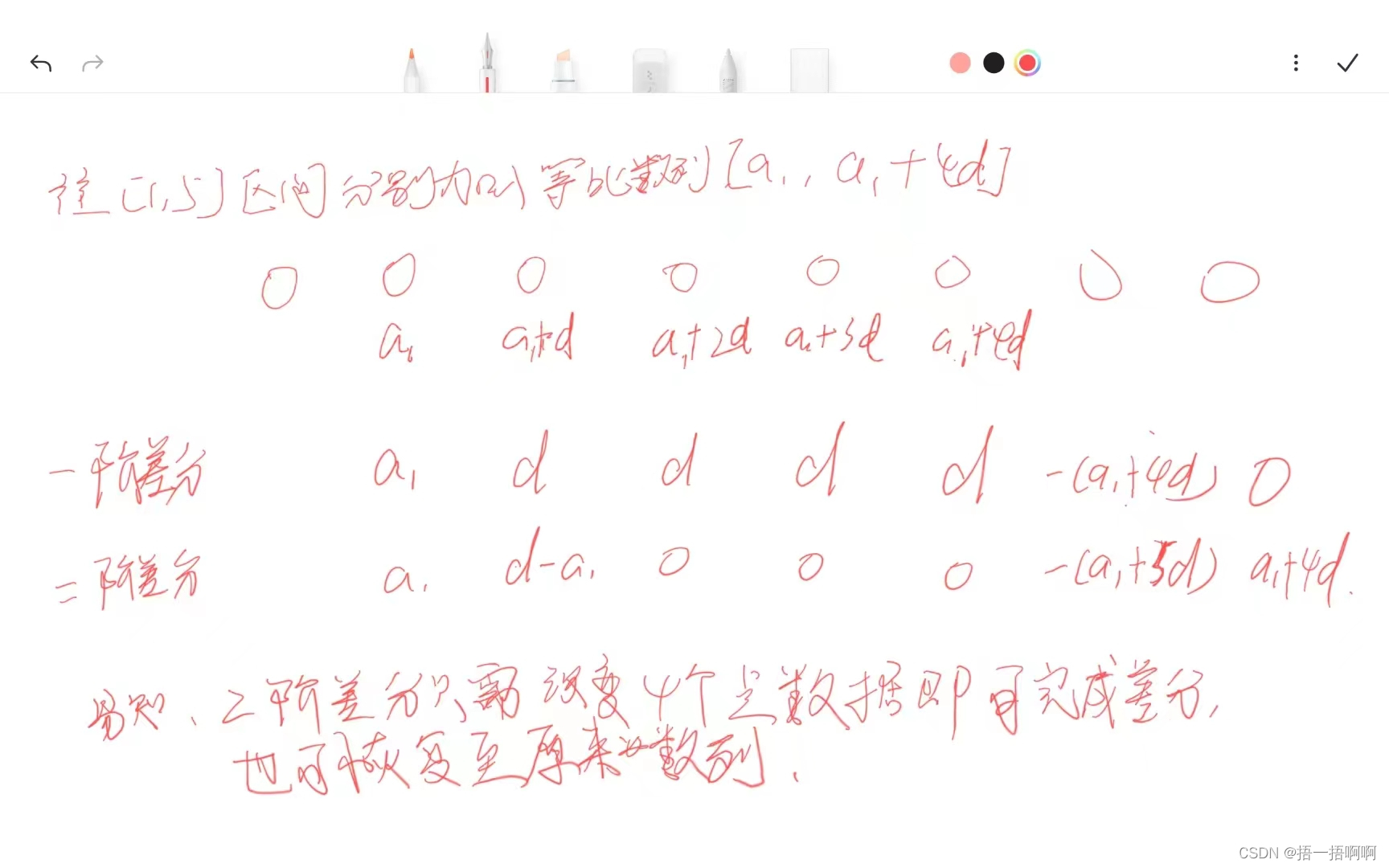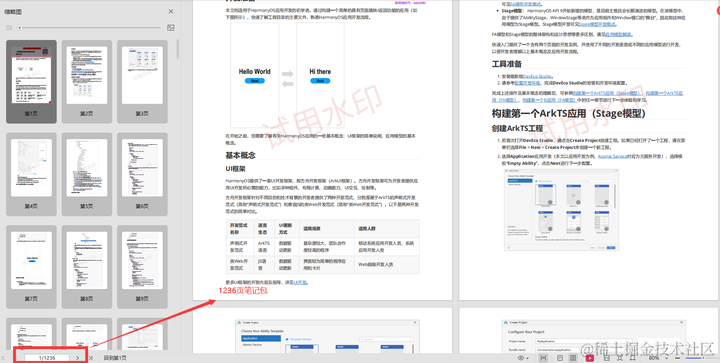一、list使用介绍
- list的底层是带头双向链表结构,双向链表中每个元素存储在互不相关的独立节点中,在节点中通过指针指向其前一个元素和后一个元素。
- 与其他的序列式容器相比(array,vector,deque),list通常在任意位置进行插入、移除元素的执行效率更好
- list最大的缺陷是不支持任意位置的随机访问,比如:要访问list的第6个元素,必须从已知的位置(比如头部或者尾部)迭代到该位置,在这段位置上迭代需要线性的时间开销;
常用接口:
构造函数:
| 构造函数 | 接口说明 |
| list (size_type n, const value_type& val = value_type()) | 构造的list中包含n个值为val的元素 |
| list() | 构造空的list |
| list (const list& x) | 拷贝构造函数 |
| list (InputIterator first, InputIterator last) | 用[first, last)区间中的元素构造list |
代码演示:
list<int> l1; // 构造空的l1
list<int> l2(4, 100); // l2中放4个值为100的元素
list<int> l3(l2.begin(), l2.end()); // 用l2的[begin(), end())左闭右开的区间构造l3
list<int> l4(l3); // 用l3拷贝构造l4
// 以数组为迭代器区间构造l5
int array[] = { 16,2,77,29 };
list<int> l5(array, array + sizeof(array) / sizeof(int));
// 列表格式初始化C++11
list<int> l6{ 1,2,3,4,5 };list iterator的使用
对于迭代器的使用我们可以把它理解为一个指针,指向ist的某个节点
| 函数声明 | 接口说明 |
| begin + end | 返回第一个元素的迭代器+返回最后一个元素下一个位置的迭代器 |
| rbegin+ rend | 返回第一个元素的reverse_iterator,即end位置,返回最后一个元素下一个位置reverse_iterator,即begin位置 |
【注意】
1. begin与end为正向迭代器,对迭代器执行++操作,迭代器向后移动
2. rbegin(end)与rend(begin)为反向迭代器,对迭代器执行++操作,迭代器向前移动

代码演示:
list<int> lt(4, 100);
list<int>::iterator it = lt.begin();
while (it != lt.end())
{
cout << *it << " ";
++it;
}
cout << endl;
// C++11范围for的方式遍历
for (auto& e : lt)
cout << e << " ";
cout << endl;list modifiers
| 函数声明 | 接口说明 |
| push_front | 在list首元素前插入值为val的元素 |
| pop_front | 删除list中第一个元素 |
| push_back | 在list尾部插入值为val的元素 |
| pop_back | 删除list中最后一个元素 |
| insert | 在list position 位置中插入值为val的元素 |
| erase | 删除list position位置的元素 |
| swap | 交换两个list中的元素 |
| clear | 清空list中的有效元素 |
代码演示:
void TestList1()
{
int array[] = { 1, 2, 3 };
list<int> L(array, array + sizeof(array) / sizeof(array[0]));
// 在list的尾部插入4,头部插入0
L.push_back(4);
L.push_front(0);
// 删除list尾部节点和头部节点
L.pop_back();
L.pop_front();
}
// insert /erase
void TestList2()
{
int array1[] = { 1, 2, 3 };
list<int> L(array1, array1 + sizeof(array1) / sizeof(array1[0]));
// 获取链表中第二个节点
auto pos = ++L.begin();
cout << *pos << endl;
// 在pos前插入值为4的元素
L.insert(pos, 4);
// 在pos前插入5个值为5的元素
L.insert(pos, 5, 5);
// 在pos前插入[v.begin(), v.end)区间中的元素
vector<int> v{ 7, 8, 9 };
L.insert(pos, v.begin(), v.end());
// 删除pos位置上的元素
L.erase(pos);
// 删除list中[begin, end)区间中的元素,即删除list中的所有元素
L.erase(L.begin(), L.end());
}
// resize/swap/clear
void TestList3()
{
// 用数组来构造list
int array1[] = { 1, 2, 3 };
list<int> l1(array1, array1 + sizeof(array1) / sizeof(array1[0]));
// 交换l1和l2中的元素
list<int> l2;
l1.swap(l2);
// 将l2中的元素清空
l2.clear();
cout << l2.size() << endl;
}其他接口
二、与vector对比
| vector | list | |
| 底 层 结 构 | 动态顺序表,一段连续空间 | 带头结点的双向循环链表 |
| 随 机 访 问 | 支持随机访问,访问某个元素效率O(1) | 不支持随机访问,访问某个元素效率O(N) |
| 插 入 和 删 除 | 任意位置插入和删除效率低,需要搬移元素,时间复杂度为O(N),插入时有可能需要增容,增容:开辟新空间,拷贝元素,释放旧空间,导致效率更低 | 任意位置插入和删除效率高,不需要搬移元素,时间复杂度为 O(1) |
| 空 间 利 用 率 | 底层为连续空间,不容易造成内存碎片,空间利用率高,缓存利用率高 | 底层节点动态开辟,小节点容易造成内存碎片,空间利用率低,缓存利用率低 |
| 迭 代 器 | 原生态指针 | 对原生态指针(节点指针)进行封装 |
| 迭 代 器 失 效 | 在插入元素时,要给所有的迭代器重新赋值,因为插入 元素有可能会导致重新扩容,致使原来迭代器失效,删 除时,当前迭代器需要重新赋值否则会失效 | 插入元素不会导致迭代器失效,删除元素时,只会导致当前迭代器失效,其他迭代器不受影响 |
| 使 用 场 景 | 需要高效存储,支持随机访问,不关心插入删除效率 | 大量插入和删除操作,不关心随机访问 |
vector与list排序效率对比:
void test_op1()
{
srand(time(0));
const int N = 1000000;
list<int> lt1;
list<int> lt2;
vector<int> v;
for (int i = 0; i < N; ++i)
{
auto e = rand() + i;
lt1.push_back(e);
v.push_back(e);
}
int begin1 = clock();
//
sort(v.begin(), v.end());
int end1 = clock();
int begin2 = clock();
lt1.sort();
int end2 = clock();
printf("vector sort:%d\n", end1 - begin1);
printf("list sort:%d\n", end2 - begin2);
}
void test_op2()
{
srand(time(0));
const int N = 1000000;
list<int> lt1;
list<int> lt2;
for (int i = 0; i < N; ++i)
{
auto e = rand();
lt1.push_back(e);
lt2.push_back(e);
}
int begin1 = clock();
// vector
vector<int> v(lt2.begin(), lt2.end());
//
sort(v.begin(), v.end());
// lt2
lt2.assign(v.begin(), v.end());
int end1 = clock();
int begin2 = clock();
lt1.sort();
int end2 = clock();
printf("list copy vector sort copy list sort:%d\n", end1 - begin1);
printf("list sort:%d\n", end2 - begin2);
}![]()
可见list的排序效率是非常低的,甚至将list的数据导入vector中排完序在导回来的效率都比直接在list中排序的效率快,这是因为list不支持下标随机访问,只能依靠迭代器迭代到指定位置访问,而排序过程中避免不了需要访问大量中间元素,所以list并不适合对数据进行排序
三、list迭代器问题
链表节点与链表结构
节点包含三部分:前驱指针、后驱指针、数据。list封装了头节点的指针,可以根据该指针对后续节点进行遍历
template<class T>
struct ListNode
{
ListNode* _next;
ListNode* _prev;
T _data;
//节点的构造函数
ListNode(const T& x = T())
:_next(nullptr)
,_prev(nullptr)
,_data(x)
{}
};
template<class T>
class list
{
void Empty_Init()
{
_head = new Node;
_head->_next = _head;
_head->_prev = _head;
_size = 0;
}
//构造函数
list()
{
Empty_Init();
}
private:
Node* _head;
size_t _size;
};如何设定list迭代器
在string与vector的模拟实现中,迭代器使用的都是原生指针T*,这是因为原生指针可以满足迭代器的要求,++可以指向下一个元素,解引用可以访问该元素,他们可以使用原生指针的根本原因是他们储存数据的结构都是连续的物理地址。
在list中原生指针Node*不能满足我们的要求,因为list的节点都是依靠指针连接起来的,其物理地址并不是连续的,++指向的并不是下一个元素,而是指向了跳过了一个Node的大小的的地址,并且迭代器希望解引用直接可以访问节点中的数据,而*(Node*)却是一个节点类型,所以在list中使用原生指针并不符合迭代器的要求。
所以我们可以自己新建一个类,作为迭代器的类型,在其中封装了头节点,就可以访问该链表了,并且我们在该类中可以通过运算符重载改变++与解引用的行为,这样就可以使用迭代器访问链表数据了
template<class T>
struct ListIterator
{
typedef ListNode<T> Node;
typedef ListIterator<T> Self;
Node* _node;
ListIterator(Node* _node)
:_node(_node)
{}
T& operator*()
{
return _node->_data;
}
//前置++
Self& operator++()
{
_node = _node->_next;
return *this;
}
//后置++
Self operator++(int)
{
Self tmp(_node);
_node = _node->_next;
return tmp;
}
};
template<class T>
class list
{
void Empty_Init()
{
_head = new Node;
_head->_next = _head;
_head->_prev = _head;
_size = 0;
}
//构造函数
list()
{
Empty_Init();
}
iterator begin()
{
//隐式类型转换
return _head->_next;
}
iterator end()
{
//隐式类型转换
return _head;
}
private:
Node* _head;
size_t _size;
};完善迭代器功能
operator->的重载
但是上述代码具有一定的局限性,例如当T为一个结构体A时,*iterator返回的是结构体A,想要访问结构体中的数据还需要用 . 例如:*(it).a1,但是这样写有点多次一举,因为迭代器it本身就是指向节点的指针,访问数据可以直接使用 ->,例如:it->a1,所以我们还需要将->重载一下
T* operator->()
{
//返回数据的地址
return &_node->_data;
}结构体A存储在节点的_data中,这里返回了_data的地址,如果按照正常的思路进行访问,应该按照如下的方式:it.operator->()->_a1 应该是两个箭头,第一个箭头代表运算符的重载,第二个代表指针解引用访问数据。
但是编译器为了方便查看会进行优化,将两个箭头变成了一个箭头 it->_a1 ,这样直接可以访问
const迭代器
const的本质就是为了禁止对成员进行修改,所以我们只需要const迭代器只需要对非const迭代器稍加修改即可
template<class T>
struct ListConstIterator
{
typedef ListNode<T> Node;
typedef ListConstIterator<T> Self;
Node* _node;
ListConstIterator(Node* _node)
:_node(_node)
{}
const T& operator*()
{
return _node->_data;
}
const T* operator->()
{
return &_node->_data;
}
};
但是这样const迭代器与非const迭代器这两个类的重合度非常高,仅仅是函数返回值前是否加用const修饰的区别,所以我们可以利用模板
typedef ListIterator<T,T&,T*> iterator;
typedef ListIterator<T,const T&,const T*> const_iterator;
---------------------------------
template<class T,class Ref,class Ptr>
struct ListIterator
{
typedef ListNode<T> Node;
typedef ListIterator<T, Ref, Ptr> Self;
Node* _node;
ListIterator(Node* _node)
:_node(_node)
{}
Ref operator*()
{
return _node->_data;
}
Ptr operator->()
{
return &_node->_data;
}
//前置++
Self& operator++()
{
_node = _node->_next;
return *this;
}
Self operator++(int)
{
Self tmp(_node);
_node = _node->_next;
return tmp;
}
};完整代码:
#include<iostream>
using namespace std;
namespace zyq
{
template<class T>
struct ListNode
{
ListNode* _next;
ListNode* _prev;
T _data;
ListNode(const T& x = T())
:_next(nullptr)
,_prev(nullptr)
,_data(x)
{}
};
//template<class T>
//struct ListIterator
//{
// typedef ListNode<T> Node;
// typedef ListIterator<T> Self;
// Node* _node;
// ListIterator(Node* _node)
// :_node(_node)
// {}
// T& operator*()
// {
// return _node->_data;
// }
// T* operator->()
// {
// return &_node->_data;
// }
// //前置++
// Self& operator++()
// {
// _node = _node->_next;
// return *this;
// }
// Self operator++(int)
// {
// Self tmp(_node);
// _node = _node->_next;
// return tmp;
// }
// bool operator!=(const Self& it)
// {
// return !(_node == it._node);
// }
// bool operator==(const Self& it)
// {
// return _node == it._node;
// }
//};
//template<class T>
//struct ListConstIterator
//{
// typedef ListNode<T> Node;
// typedef ListConstIterator<T> Self;
// Node* _node;
// ListConstIterator(Node* _node)
// :_node(_node)
// {}
// const T& operator*()
// {
// return _node->_data;
// }
// const T* operator->()
// {
// return &_node->_data;
// }
// //前置++
// Self& operator++()
// {
// _node = _node->_next;
// return *this;
// }
// Self operator++(int)
// {
// Self tmp(_node);
// _node = _node->_next;
// return tmp;
// }
// bool operator!=(const Self& it)
// {
// return !(_node == it._node);
// }
// bool operator==(const Self& it)
// {
// return _node == it._node;
// }
//};
template<class T,class Ref,class Ptr>
struct ListIterator
{
typedef ListNode<T> Node;
typedef ListIterator<T, Ref, Ptr> Self;
Node* _node;
ListIterator(Node* _node)
:_node(_node)
{}
Ref operator*()
{
return _node->_data;
}
Ptr operator->()
{
return &_node->_data;
}
//前置++
Self& operator++()
{
_node = _node->_next;
return *this;
}
Self operator++(int)
{
Self tmp(_node);
_node = _node->_next;
return tmp;
}
bool operator!=(const Self& it)
{
return !(_node == it._node);
}
bool operator==(const Self& it)
{
return _node == it._node;
}
};
template<class T>
class list
{
public:
typedef ListNode<T> Node;
//typedef ListIterator<T> iterator;
//typedef ListConstIterator<T> const_iterator;
typedef ListIterator<T,T&,T*> iterator;
typedef ListIterator<T,const T&,const T*> const_iterator;
iterator begin()
{
//隐式类型转换
return _head->_next;
}
iterator end()
{
//隐式类型转换
return _head;
}
const_iterator begin() const
{
//隐式类型转换
return _head->_next;
}
const_iterator end() const
{
//隐式类型转换
return _head;
}
void Empty_Init()
{
_head = new Node;
_head->_next = _head;
_head->_prev = _head;
_size = 0;
}
//构造函数
list()
{
Empty_Init();
}
//拷贝构造
list(const list<T>& lt)
{
Empty_Init();
for (auto& e : lt)
{
push_back(e);
}
}
void swap(list<T> lt)
{
std::swap(_head, lt._head);
std::swap(_size, lt._size);
}
//赋值运算符重载
list<T>& operator=(list<T> lt)
{
swap(lt);
return *this;
}
~list()
{
iterator it = begin();
while (it != end())
{
it=erase(it);
}
delete _head;
_head = nullptr;
}
size_t size()
{
return _size;
}
/*void push_back(const T& x)
{
Node* newnode = new Node(x);
Node* tail = _head->_prev;
tail->_next = newnode;
newnode->_prev = tail;
newnode->_next = _head;
_head->_prev = newnode;
_size++;
}*/
void push_back(const T& x)
{
insert(end() , x);
}
void push_front(const T& x)
{
insert(begin(), x);
}
void pop_back()
{
erase(--end());
}
void pop_front()
{
erase(begin());
}
void insert(iterator pos, const T& x)
{
Node* newnode = new Node(x);
Node* cur = pos._node;
Node* prev = cur->_prev;
prev->_next = newnode;
newnode->_prev = prev;
newnode->_next = cur;
cur->_prev = newnode;
_size++;
}
iterator erase(iterator pos)
{
Node* prev = pos._node->_prev;
Node* next = pos._node->_next;
prev->_next = next;
next->_prev = prev;
delete pos._node;
_size--;
return next;
}
private:
Node* _head;
size_t _size;
};
template<class T>
void PrintList(const list<T>& clt)
{
typename list<T>::const_iterator it = clt.begin();
while (it != clt.end())
{
cout << *it << " ";
it++;
}
cout << endl;
}
void testlist1()
{
list<int> lt;
lt.push_back(1);
lt.push_back(2);
lt.push_back(3);
lt.push_back(4);
list<int>::iterator it = lt.begin();
while (it != lt.end())
{
cout << *it << " ";
it++;
}
cout << endl;
/*lt.push_back(9);
lt.pop_front();*/
PrintList(lt);
list<int> lt1(lt);
PrintList(lt1);
list<int> lt2;
lt2 = lt;
PrintList(lt2);
}
struct A
{
int _a1;
int _a2;
A(int a1 = 0, int a2 = 0)
:_a1(a1)
, _a2(a2)
{}
};
void testlist2()
{
list<A> lt;
lt.push_back({ 1,2 });
lt.push_back(A(1,2));
list<A>::iterator it = lt.begin();
while (it != lt.end())
{
//cout << (*it)._a1 << " " << (*it)._a2 << " ";
cout << it->_a1 << " " << it->_a2 << " ";
it++;
}
cout << endl;
}
}

